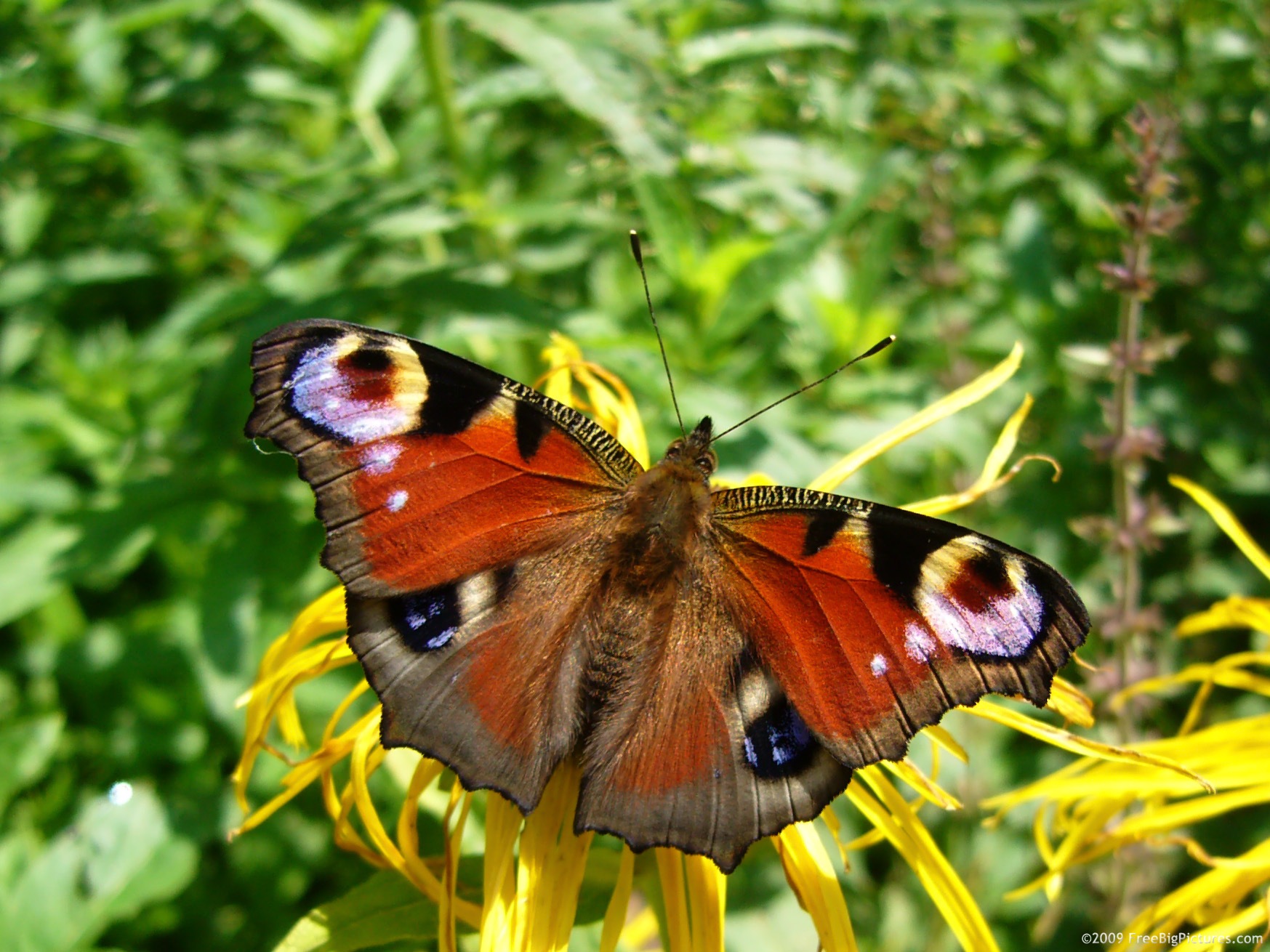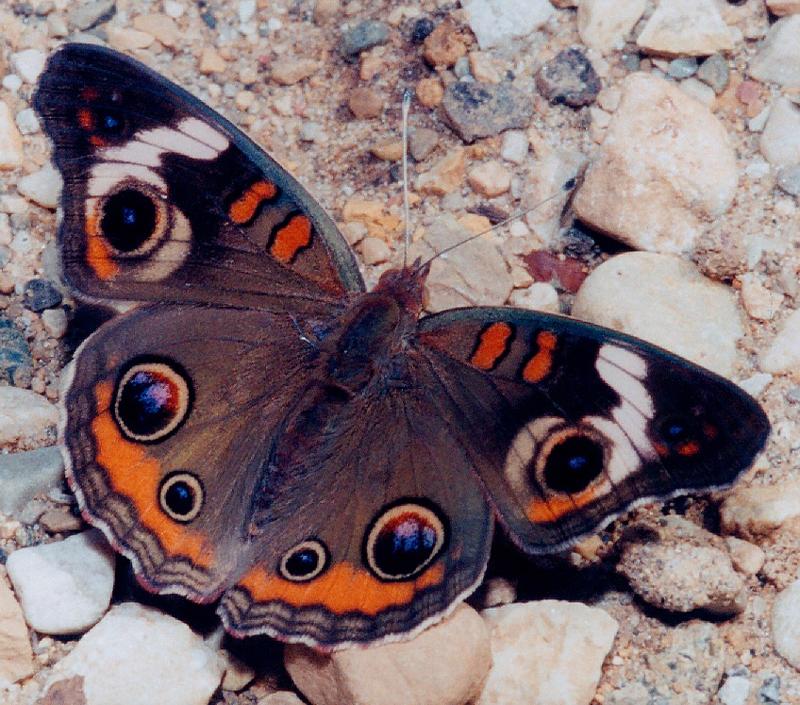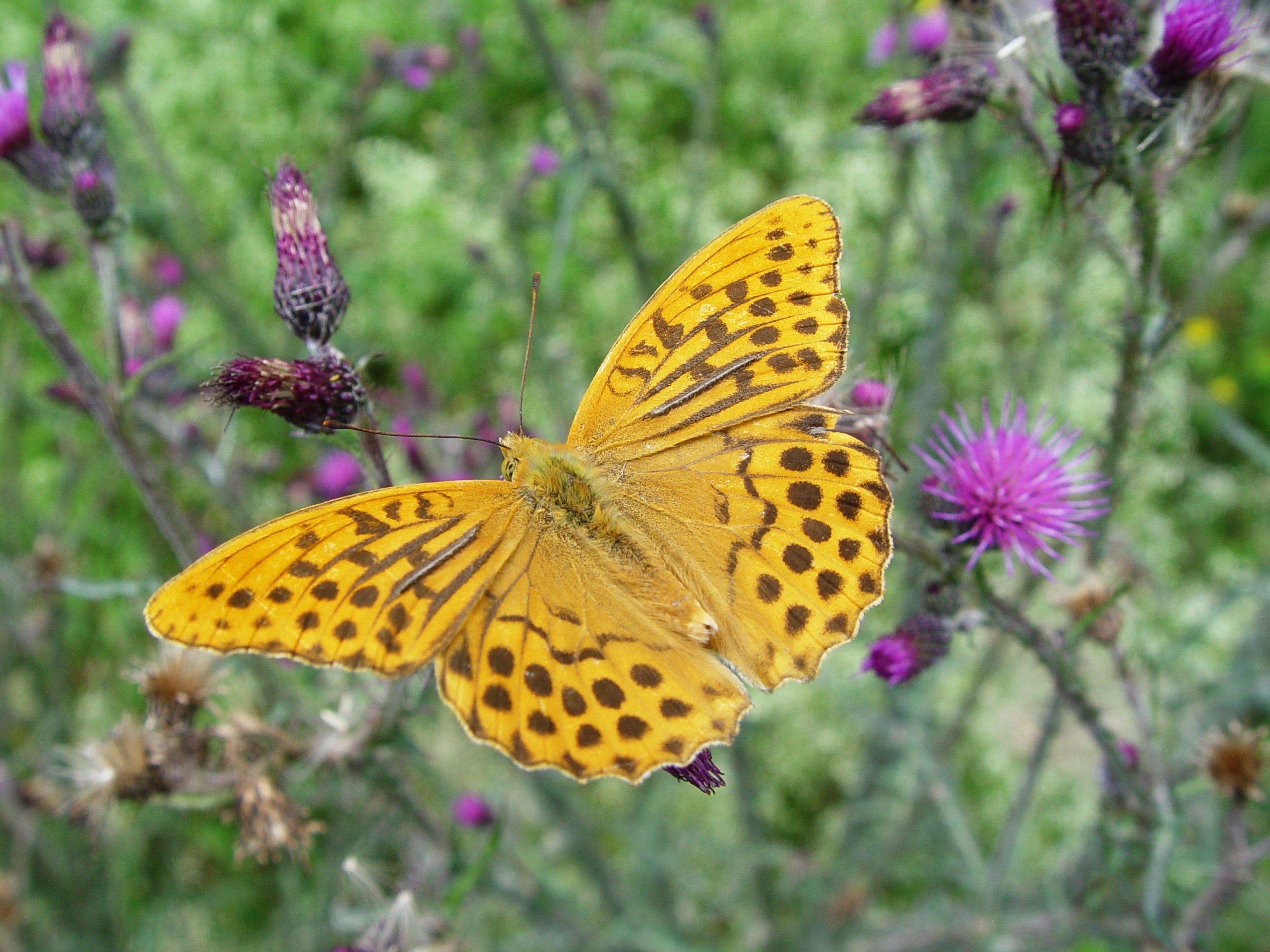
The Evolutionary Marvels of Butterfly Wings

Butterflies are known for their enchanting beauty, and their wings play a significant role in this allure. These delicate creatures possess wings that are not only visually captivating but also serve crucial purposes in their survival and reproduction. Let's delve into the mesmerizing world of butterfly wings and explore the fascinating aspects that make them unique.
The Anatomy and Structure of Butterfly Wings

Butterfly wings consist of intricate structures that contribute to their vibrant colors and patterns. Composed of two layers, the upper and lower epidermis, the wings are covered with tiny scales that create the mesmerizing hues we admire. These scales are pigmented with various colors, resulting in the diverse range of patterns seen across butterfly species.
Underneath the scales lies a network of veins, which provide structural support and transport vital fluids. These veins also play a crucial role in wing flexibility, allowing butterflies to perform their elegant flight maneuvers.
The Role of Colors and Patterns

Butterfly wings showcase an astounding array of colors and patterns that serve multiple purposes. The vivid hues and intricate designs act as a defense mechanism, deterring potential predators. Some butterflies even mimic the appearance of toxic or unpalatable species to ward off predators effectively.
Furthermore, these colors and patterns play a critical role in attracting mates. Male butterflies often exhibit vibrant colors to attract females, with certain patterns acting as visual cues for courtship rituals. The striking beauty of butterfly wings thus plays a significant role in their reproductive success.
The Science Behind Wing Pigmentation

The pigmentation of butterfly wings is a result of intricate biological processes. Pigment molecules, such as melanin, carotenoids, and ommochromes, interact within specialized cells, resulting in the production of different colors. These pigments are regulated by genetic factors and environmental conditions, leading to the vast diversity of wing colors observed in butterfly species.
Interestingly, the same species of butterfly can exhibit variations in wing coloration, influenced by factors such as temperature, humidity, and diet during their development stages. These variations add to the already awe-inspiring beauty of butterfly wings.
Butterfly Wings and Flight

Butterfly wings are not only captivating visually but also enable these delicate creatures to perform their graceful flights. The lightweight nature of their wings, combined with the intricate vein structure, allows butterflies to navigate through the air effortlessly.
Furthermore, the flexibility of butterfly wings enables them to adjust their shape during flight, enhancing maneuverability. This adaptability is essential for butterflies to explore various habitats, seek food sources, and find suitable mates.
Protecting and Conserving Butterfly Wings

Given the vital role butterfly wings play in their survival and beauty, it is crucial to protect and conserve these remarkable creatures. Habitat preservation, reducing pollution, and avoiding the use of harmful pesticides are essential steps in safeguarding butterfly populations.
Moreover, educating people about the significance of butterflies and their wings can foster appreciation and understanding. By appreciating and respecting these delicate creatures, we can contribute to their conservation efforts and ensure their existence for generations to come.